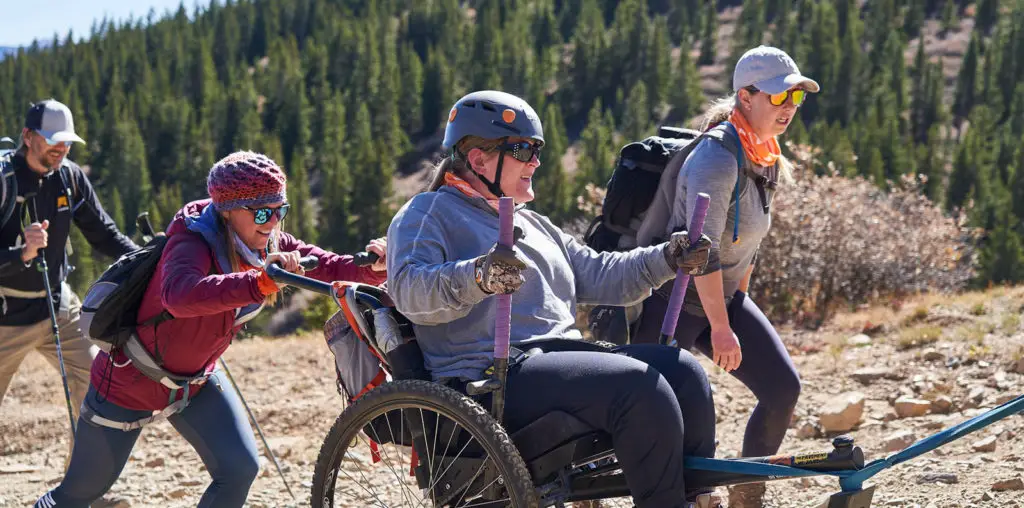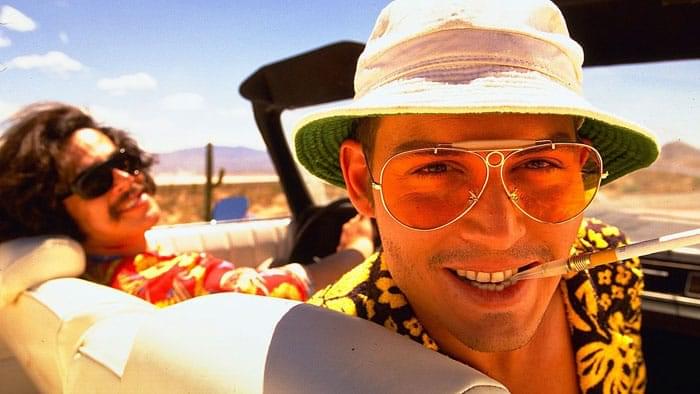
Fans of Whit Stillman’s films should already suspect this: the guy can talk. He speaks in a literate, thoughtful, I’ve-read-way-too-much-English-Lit way. He is more likely to reference a classic text than a classic TV show, and actually finds uses for the word “treacly” in normal coversations. One gets the sense that although he travels in higher social circles nowadays (Stanley Kubrick asked him to take a meeting), it wasn’t always that way.
In a brewery in the heart of Dallas, Texas, Stillman talked recently about his new film, “The Last Days of Disco,” starring Chloe Sevigny, Kate Beckinsale, Robert Sean Leonard, and Stillman mainstay Chris Eigeman. Here’s the skinny.
[ Is “The Last Days of Disco” supposed to be a companion piece to “Metropolitan” and “Barcelona” ] ^ It began its life as a separate film and it ended as a separate film, but it does have the characters from those films popping up in the club. It’s our sort of concession to celebrity culture. So instead of having actors play Liza Minelli and Andy Warhol, we have characters from other films coming to see how popular this place is. Ted Boynton from “Barcelona” was thrilled to get into the club. It was also about closure — the idea that this was the last film of three that I was making. My other films will be much different. There is something about connecting the films tangentially through this one, though a lot of people don’t notice anything until the end credits. A lot of this film is about the nexus of people coming from different places. They come from different states and they live in Manhattan for five years, and then they go back to where they came from. ^
[ How many drafts of the script were there? ] ^ I do sort of unlimited drafts of the first half. I’m just constantly rewriting. Theoretically it would be good to get to the end and then come back, but if I’m really unhappy with stuff in the first half — if it’s an unsound foundation — I don’t want to be doing riffs on a lot of stuff I’m going to take out later. So I spend tons of time on the first half, then the second half comes much faster. I think I’ll be able to write faster next time thanks to a junior lawyer at Castle Rock. He saw my contract and slipped in a deadline that wasn’t supposed to be there. The lawyer representing our production company said “What’s this? That wasn’t agreed to!” And I said “Please, leave it in!” ^
[ What is it about disco that interests you? ] ^ Disco was a time when people congregated socially in one place. You really would go to a place and run into people from different groups. It was a mass phenomenon. In Manhattan there were set places where everyone would try to go. In the ’80s styles changed, so things from the late ’70s did start to look pretty weird and funky through our eyes. It was that sort of cartoon version — I think it’s overstated in that sort of Brady Bunch, first-part-of-“Boogie-Nights” way, etc. In the early ’80s there was some cool stuff going on. It reminded me of the way the world was supposed to be. I mean, I was ten in 1962, and that’s when I became aware of things and it seems like that’s the way the world should always be. And then suddenly in the early ’80s, those styles of the early ’60s came back in a lot of ways. It seemed to me like an attractive period — it was no longer the ’70s. And so stylistically it was appealing, and so was the idea of the disco period ending. There’s something about that — the winding down of something. But the real heart of the story is just that congregational moment where people from everywhere seemed to be congregating in the big city. ^
[ This film has one of the quickest complete opening credit sequences I’ve seen. ] ^ I really hate slow opening credits where they linger on the Executive Producer for minutes. And I also don’t like having them over picture. I like having the credits, then they’re over, and now here’s the movie without any words over it. It’s amazing now that we’re all in unions to try to get permission to do the credits the way we do them. We had to get all kinds of waivers and the guild I’m in, the DGA, is the toughest. That’s one of many incentives to leave the guild, frankly. We went through all this incredible rigmarole about me sharing the card with the with the editor and the cinematographer — which is what we did with the two previous films. They said we could do it this time, but never again. ^
[ This film is the final closure for all these characters? We’re not going to see them again? ] ^ This is the last of the three. I’d like to try to make this [next] historical film work and then make another one. By then I’ll be 80 years old, so… ^
[ How did you become interested in this particular historical film idea? ] ^ I think you look for material that has some personal resonance. I’ve been doing this 15-year time lag because after 15 years it sort of has the magic of the past. You think “Neat! That’s interesting!” but at the time it was completely uninteresting. Now I think, as I’m sort of moving into my mid-life crisis — second age, or whatever — childhood obsessions are starting to have this emotional resonance [in my life]. I noticed how some filmmakers — like Speilberg in his early films — brought emotion into “Close Encounters” and “E.T.,” and it all comes from childhood enthusiasms. My childhood enthusiasms were for historical films. I’ve been trying to get on one for a long time, but I have no resume for that kind of thing. I was very upset when I heard about “Zorro” being made — it was my absolute favorite. And “Last of the Mohicans,” too. The original title of “Metropolitan” was “Last of the Mohicans.” I always thought I could do both: the “Metropolitan Last of the Mohicans” and the actual “Last of the Mohicans,” but those were all sort of taken projects. I think you have to do the original script in order to get hired to do what you don’t have the resume for. ^
[ So is this upcoming film an original story or is it based on history? ] ^ It’ll be both. I think you have to kind of forget the history at a certain point and just have a drama that works. I think with the sort of painful historical things they’re doing on TV, if we know four facts about George Washington, all four will be there in the movie. That’s really painful. ^
[ Will it have the patented Whit Stillman dialogue? ] ^ They talked a lot in the 18th century. [laughs]. The most interesting book I edited at Doubleday was called Haunta Yo. It was supposed to be sort of the American Indian “Roots.” A rather elderly American woman had collaborated with a younger Dakota Sioux Indian man. The book was set around 1800. To achieve the language, she wrote the book, they translated it into Dakota Sioux, and then they translated it back into English using an 1806 Sioux-English dictionary so that all the words and concepts in the book were from that dictionary. I think that kind of thing would be a good discipline — to only use a dictionary from the period, and yet to avoid “old speak.” I think by taking some literary sources from the period, you get something good, but also authentic.
Check out FILMTHREAT.com’s INTERVIEW ARCHIVES and read hundreds of fascinating in-depth interviews with directors, filmmakers, actors and celebrities from the world of film!

